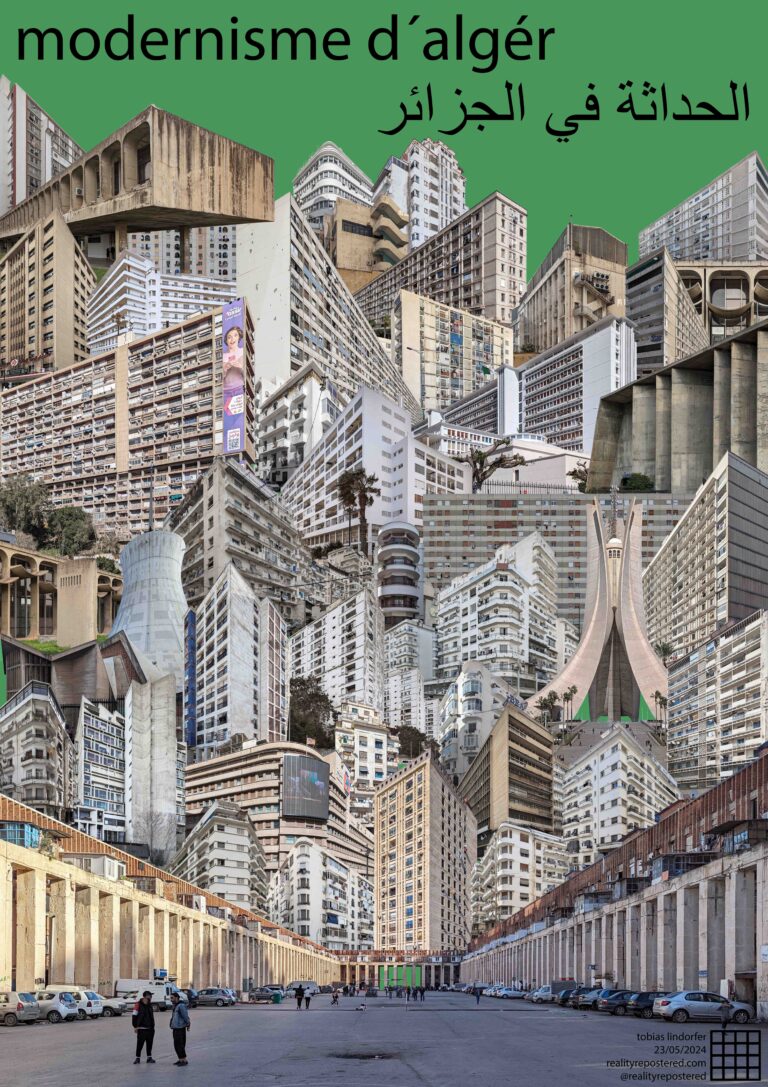modernisme d´algér

algiers, the capital of Algeria, has a fascinating heritage of modernist architecture that is still largely unknown to western architectural historiography. in the 1920s and 1930s, the french colonial rulers erected magnificent individual buildings, but also entire city districts in an architectural language that was surprisingly much more progressive than that of the colonial metropolis. these buildings mainly served the french upper class, the so-called pieds-noirs, and thus also document the shocking inequality under the colonial rule. in the 1950s and 60s the french had to integrate the native algerian majority better into the colonial state—also because of growing international pressure. fernand pouillon built two of the most interesting social housing complexes of post-war modernism: diar el mahçoul and climat the france. after 8 years of bloody struggle for independence, the young but self-confident socialist state of algeria built a new social infrastructure with the help of internationally renowned architects (e.g. the houari boumediene university by oscar niemeyer) that contributed a lot to the highest human development index-score of all african countries. the gigantic martyr´s monument of 1982 marks the threshold to post-modernism and maybe the end of a modernist reconstruction after colonialism and war.
